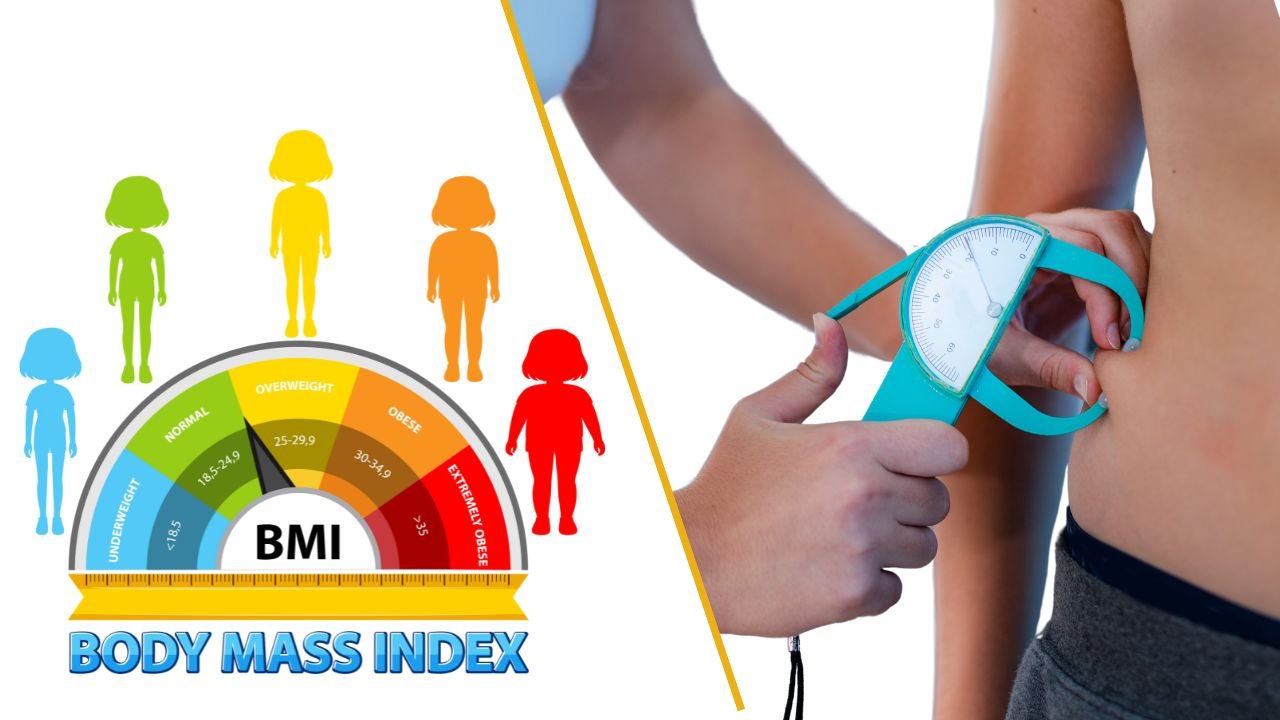Body Fat Percentage vs. BMI: A Comprehensive Guide to Understanding Your Health Metrics

When it comes to assessing health, body fat percentage and body mass index (BMI) are two important metrics. Understanding their differences can provide better insights into one’s overall health and well-being.
What is Body Fat?
Body fat, or adipose tissue, is not merely a storage depot for excess calories. It serves several vital functions, such as hormone production. Hormones like leptin, which signals satiety after meals, and adiponectin, which enhances insulin sensitivity, are produced by fat cells. Additionally, fat tissues release cytokines, which have pro-inflammatory effects, and even sex hormones like androgens and estrogens.
However, when fat accumulates excessively, it can lead to a condition known as adiposopathy or “sick fat.” This condition involves chronic low-grade inflammation and disrupted hormone secretion, which can lead to metabolic disorders such as insulin resistance, type 2 diabetes (T2DM), dyslipidemia, non-alcoholic fatty liver disease (NAFLD), cardiovascular diseases, and even certain types of cancer .
Central vs. Peripheral Fat
Not all body fat is created equal. Visceral fat, also known as central fat, is stored deep within the abdominal cavity, surrounding vital organs like the liver, stomach, and intestines. Excess visceral fat is particularly dangerous because it actively contributes to health problems like diabetes, heart disease, and stroke. In contrast, subcutaneous fat, which lies just beneath the skin, is less harmful and serves as an energy reserve .
Body Fat Percentage vs. BMI
The debate between body fat percentage and BMI as measures of health has gained attention in recent years. BMI is a simple calculation based on height and weight (weight in kilograms divided by height in meters squared). The World Health Organization (WHO) classifies a BMI of 18.5-24.9 as healthy, 25-29.9 as overweight, and 30 or above as obese .
However, BMI has significant limitations. It does not differentiate between muscle, fat, and bone, often leading to misleading results. A study from the European Congress on Obesity found that while only 38% of men and 41% of women had a BMI above 30, body fat scans revealed that 71% of men and 64% of women were actually obese .
How to Measure Body Fat Percentage
Measuring body fat percentage provides a more accurate assessment of body composition. Here are some methods used to measure body fat:
- Bioelectrical Impedance Analysis (BIA): This method uses scales or handheld devices that send a small electrical current through the body to estimate body fat based on resistance to the current.
- Skinfold Calipers: These measure the thickness of skinfolds at various points on the body, and the measurements are used to estimate overall body fat percentage.
- Dual-Energy X-Ray Absorptiometry (DEXA): DEXA scans use low-level X-rays to distinguish between bone mass, fat tissue, and lean body mass, offering highly accurate results.
- Underwater Weighing: Also known as hydrostatic weighing, this method measures body density by weighing a person underwater. It’s one of the most accurate methods but is usually available only at universities or research institutions.
- Air Displacement Plethysmography (BOD POD): Similar to underwater weighing but uses air displacement instead of water. This method is also typically found in research settings .
Can You Measure Body Fat Percentage at Home?
While professional methods are more accurate, there are several at-home tools available to estimate body fat percentage:
- Body Fat Scales: These scales use bioelectrical impedance to estimate body fat, but they can be less accurate.
- Skinfold Calipers: You can purchase these relatively inexpensive tools to measure subcutaneous fat at home. Consistent use can help track changes over time, although accuracy can vary depending on the technique and quality of the calipers .
Is BMI Accurate?
Given the limitations of BMI, it’s clear that it may not always provide an accurate assessment of an individual’s health, especially as muscle mass declines and fat accumulates with age. Some experts suggest that a BMI threshold of 27, instead of 30, might better identify obesity-related risks in middle-aged and older adults .
Professor Naveed Sattar from the University of Glasgow recommends incorporating waist circumference measurements and specific symptoms of excess weight to more effectively assess obesity-related health risks. This approach might offer a more nuanced understanding than BMI alone .
Conclusion
While BMI remains a convenient tool for assessing general health, body fat percentage offers a more detailed and accurate picture. Understanding the differences between these metrics and utilizing tools like body fat calculators can empower individuals to make informed decisions about their health. However, BMI will likely continue to be a useful indicator in many situations, particularly as a starting point for further health assessments.
Disclaimer: This article is intended for informational and educational purposes only. The content provided on this page is not meant to replace professional medical advice, diagnosis, or treatment. Always seek the advice of your physician or other qualified health provider with any questions you may have regarding a medical condition or dietary needs. Reliance on any information provided here is solely at your own risk.




